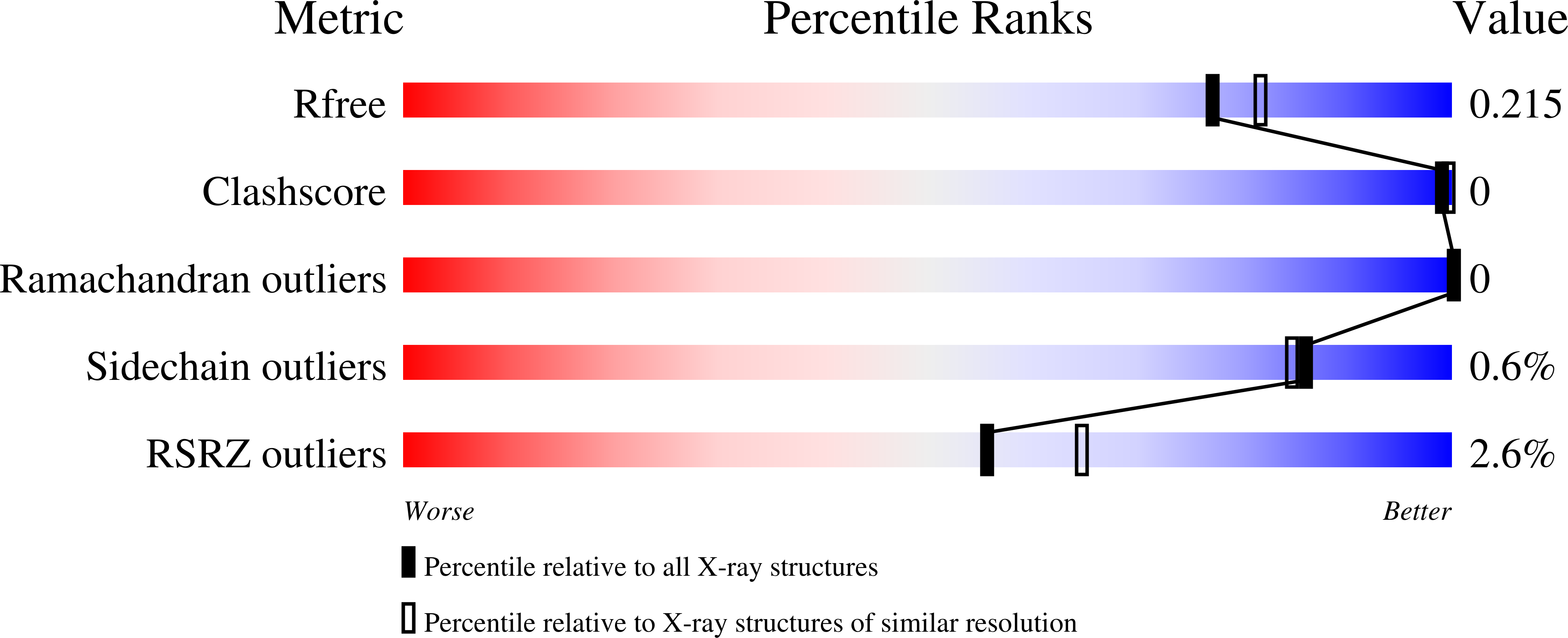Directed evolution of new and improved enzyme functions using an evolutionary intermediate and multidirectional search.
Porter, J.L., Boon, P.L., Murray, T.P., Huber, T., Collyer, C.A., Ollis, D.L.(2015) ACS Chem Biol 10: 611-621
- PubMed: 25419863
- DOI: https://doi.org/10.1021/cb500809f
- Primary Citation of Related Structures:
4U2B, 4U2C, 4U2D, 4U2E, 4U2F, 4U2G - PubMed Abstract:
The ease with which enzymes can be adapted from their native roles and engineered to function specifically for industrial or commercial applications is crucial to enabling enzyme technology to advance beyond its current state. Directed evolution is a powerful tool for engineering enzymes with improved physical and catalytic properties and can be used to evolve enzymes where lack of structural information may thwart the use of rational design. In this study, we take the versatile and diverse α/β hydrolase fold framework, in the form of dienelactone hydrolase, and evolve it over three unique sequential evolutions with a total of 14 rounds of screening to generate a series of enzyme variants. The native enzyme has a low level of promiscuous activity toward p-nitrophenyl acetate but almost undetectable activity toward larger p-nitrophenyl esters. Using p-nitrophenyl acetate as an evolutionary intermediate, we have generated variants with altered specificity and catalytic activity up to 3 orders of magnitude higher than the native enzyme toward the larger nonphysiological p-nitrophenyl ester substrates. Several variants also possess increased stability resulting from the multidimensional approach to screening. Crystal structure analysis and substrate docking show how the enzyme active site changes over the course of the evolutions as either a direct or an indirect result of mutations.
Organizational Affiliation:
Research School of Chemistry, Australian National University , Canberra, Australian Capital Territory 2601, Australia.
















